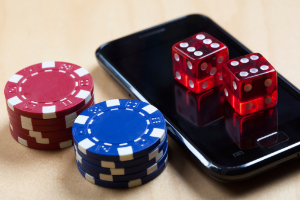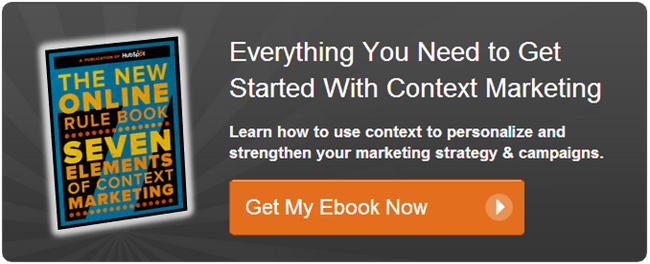 Mobile commerce and ecommerce have changed the way we shop, as numbers from the 2013 holiday season showed us. Even the most established and successful brick-and-mortar stores are shifting attention to mcommerce, developing apps that share the same addictive qualities that hooked you on Candy Crush.
Mobile commerce and ecommerce have changed the way we shop, as numbers from the 2013 holiday season showed us. Even the most established and successful brick-and-mortar stores are shifting attention to mcommerce, developing apps that share the same addictive qualities that hooked you on Candy Crush.
In 2014, mobile orders are expected to make up nearly 14% of ecommerce purchases. By 2017, mcommerce sales in the United States will hit an estimated $108 billion. With one in four dollars ecommerce dollars spent on mobile devices, companies now must develop new, fresh ways to entice buyers. What’s more exciting and engrossing than games?
Gamification is nothing new, and that’s why companies have to really think outside the box to gain attention. Some simply offer incentives for referrals; others might allow you to keep track of your purchases in an effort to gain points. The ones that really do it right—the game apps that keep users engrossed to the point of addiction—these are the games that will truly change the face of mcommerce. Three have recently shown up on our radar, and we’re already showing signs of unhealthy attachment.
SCVNGR
This app makes a game of just about any business nearby. To play, users sign up and call up the list of participating locations. Different challenges await at these locations, and each completed challenge wins points. What happens when you build up lots of points for the participating companies? Free stuff!

What really makes SCVNGR different is the inclusion of various companies. Instead of one brick-and-mortar store developing yet another boring app, they can join the fun with SCVNGR and reap the benefits.
What makes the app so successful is, of course, the free stuff. But anyone can give away rewards, right? Free stuff and discounts aren’t what will keep people glued to the app. The competition with friends, however, is all it takes to drive consumers back to the app over and over in an effort to gain more points, check into more places, and discover new businesses.
Build-A-Bear
More and more kids are using smartphones and tablets, even if they’re just stealing them from their parents. Build-A-Bear takes full advantage of this knowledge with their gaming app. Kids can create their own bears just like they would in the store and then go on adventures with their virtual bear through the app’s game board. With each level, points are earned, and of course, with more points, more rewards are given.

Parents can use the app to locate nearby stores and take advantage of the rewards the kids have earned while playing. They’ll get discounts and freebies as they become available, and only those with the app will know about the specials. That might be reason enough to download the app, but only the addictive nature of the game will keep people coming back for more.
Covet Fashion
Perhaps the most impressive example of using gamification for mcommerce is the Covet Fashion app. Essentially, this game is competitive paper dolls on crack. New users are plied with virtual cash and diamonds they can use to buy the latest fashions. Once they have a wardrobe built up, gamers can enter challenges to create new looks. On occasion, those challenges come with a very real prize. The rest of the time, virtual prizes are given.

Even if the game stopped there, the app would be crazy clever. Designers could pay to have their latest fashions featured simply for the exposure. But the game doesn’t stop there. In a stroke of pure genius, the app creators included a “shop online” link within the app, so players can buy real versions of the virtual fashions they love.
Games Help Customer's Decide - And Give You Data
The most interesting thing about Covet Fashion's model is that it let's people have some of the emotional experience of shopping -- that is, the visualizing their life with that product -- without having to make the financial investment. By empowering customers to have that emotional catharsis, you can help overcome some of the mental obstacles and decision-making hurdles that may be preventing customers from buying. Also, since you're getting so much information about what a given contact is interested in, you can use that to personalize their buying experience and help them make decisions.
In addition to helping sell your existing merchandise, this type of mobile gamification gives you a unique chance to conduct market research without having to invest in classic product development and market research. If your customers are coming up with consistent themes in the type of aspirational gaming that Covet Fashion's app uses, it's a good bet you may want to explore integrating that more prominently into your product line.



